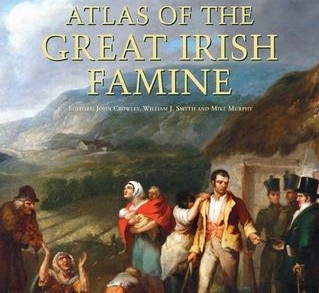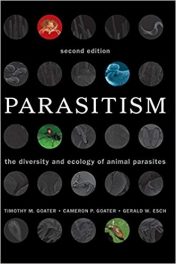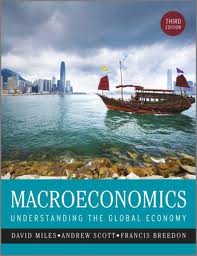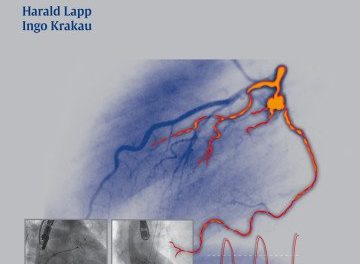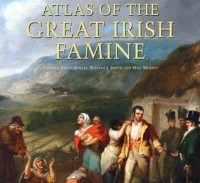 Editors: John Crowley, William J. Smyth, and Mike Murphy
Editors: John Crowley, William J. Smyth, and Mike Murphy
Publisher: New York University Press – 710 pages
Book Review by: Nano Khilnani
This is a very large book about not just the history but also the geography of the Great Irish Famine. Numerous sources were used by the editors and the contributors in purring together this very valuable volume. As a matter of fact, the End Notes detailing these sources is a list that is 25 pages long.
The Great Irish Famine which lasted seven years from 1845 to 1852 was a period of mass starvation, hunger, disease and emigration. About one million people died in this tragic event and about another million left Ireland to seek food and a better life elsewhere, causing the population of this island nation to plunge by about 25 percent. Ireland was then part of the United Kingdom of Great Britain and Ireland.
Many of those who could afford to or got a chance to do so, emigrated to the United States, particularly to Baltimore, Boston, New York and Philadelphia. In the 2000 U.S. Census, about 41 million identified their ancestry as Irish.
The cause of the famine was a potato disease also termed potato blight. About one-third of the population of Ireland was dependent on the potato as their main food, so the adverse effect of this potato disease was devastating. While nature took its toll on humans, a number of political, social and economic factors exacerbated the situation, even as they remain subjects of debate among historians.
The situation prevailing in Ireland in the decades prior to this watershed event is described in Wikipedia:
Starting in 1801, Ireland had been directly governed, under the Act of the Union, as part of the United Kingdom. Executive power lay in the hands of the Lord Lieutenant and Chief Secretary for Ireland, both of whom were appointed by the British government.
Ireland sent 105 members of Parliament to the House of Commons of the United Kingdom, and Irish representative peers elected 28 of their own number to sit for life in the House of Lords. Between 1832 and 1859, 70 percent of Irish representatives were landowners or the sons of landowners.
In the 40 years that followed the union, successive British governments grappled with the problems of governing a country which had, as Benjamin Disraeli put it in 1844, “a starving population, an absentee aristocracy, and an alien Church, and in addition the weakest executive in the world.”
One historian calculated that between 1801 and 1845, there had been 114 commissions and 61 special committees enquiring into the state of Ireland and that “without exception their findings prophesied disaster; Ireland was on the verge of starvation, her population rapidly increasing, three-quarters of her labourers unemployed, housing conditions appalling and the standard of living unbelievably low.
The three editors of this book have impressive and relevant credentials. John Crowley is a lecturer in the department of geography at the University College Cork. William J. Smyth is emeritus professor and former department chair of geography at the same institution, and Mike Murphy has been cartographer at that university for 25 years.
Here are some glowing reviews of this book on its back cover by academicians and historians: “monumental work”; “lavishly illustrated and scholarly immaculate”; “powerful, unflinching and coherent understanding of the Irish Famine”; “it balances sweeping survey with minute details”; “unparalleled assemblage of new maps, old images and extensive documentation”; “brilliant teaching aid for the history of Ireland”; “wealth of images sometimes strikingly beautiful and also hauntingly distressful.”
This book is probably the most comprehensive work in existence on the Irish Famine, with more than 50 chapters and 60 contributors. It is a beautifully illustrated story of event and is a combination of art, folklore, geography, history, population and politics. The editors have done a fantastic job of gathering an immense amount of material, then organizing and presenting it in this impressive and highly useful volume.

